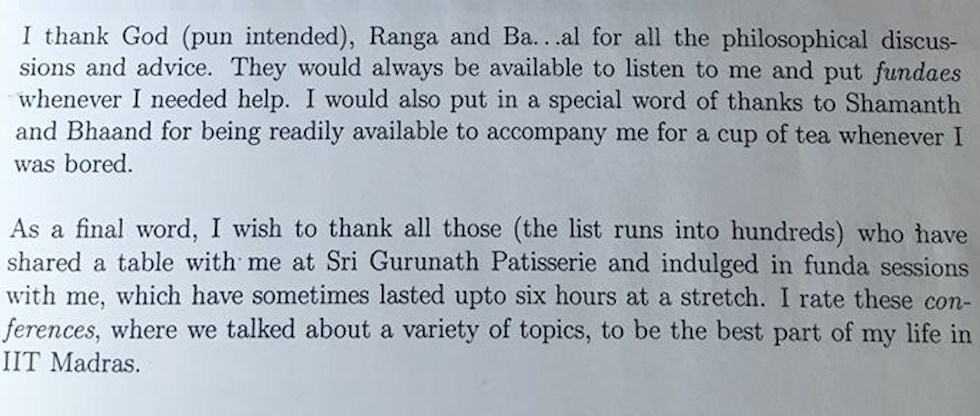The Ken, where I bought a year long subscription today, has a brilliant piece on the ad agency business (paywalled) in India. More specifically, the piece is on pricing in the industry and how it is moving from a commissions only basis to a more mixed model.
Advertising agencies perform a dual role for their clients. Apart from advising them on advertising strategy and helping them create the campaigns, they are also in charge of execution and buying the advertising slots – either in print or television or hoardings (we’ll leave online out since the structure there is more complicated).
As far as the latter business (acquisition of slots to place the ad – commonly known as “buying”) is concerned, typically agencies have operated on a commission basis. The fees charged has been to the extent of about 2.5% of the value of the inventory bought.
In financial markets parlance, advertising agencies have traditionally operated as brokers, buying inventory on behalf of their clients and then charging a fee for it. The thrust of Ashish Mishra’s piece in ate Ken is that agencies are moving away from this model – and instead becoming what is known in financial markets as “dealers”.
Dealers, also known as market makers, make their money by taking the other side of the trade from the client. So if a client wants to buy IBM stock, the dealer is always available to sell it to her.
The dealer makes money by buying low and selling high – buying from people who want to sell and selling to people who want to buy. Their income is in the spread, and it is risky business, since they bear the risk of not being able to offload inventory they have had to buy. They hedge this risk by pricing – the harder they think it is to offload inventory, the wider they set the spreads.
Similarly, going by the Ken story, what ad agencies are nowadays doing is to buy inventory from media companies, and then selling it on to the clients, and making money on the spread. And clients aren’t taking too well to this new situation, subjecting the dealers ad agencies to audits.
From a market design perspective, there is nothing wrong in what the ad agencies are doing. The problem is due to their transition from brokers to dealers, and their clients not coming to terms with the fact that dealers don’t normally have a fiduciary responsibility towards their clients (unlike brokers who represent their clients). There are also local monopoly issues.
The main service that a dealer performs is to take the other side of the trade. The usual mechanism is that the dealer quotes the prices (both buy and sell) and then the client has the option to trade. If the client feels the dealer is ripping her off, she has a chance to not do the deal.
And in this kind of a situation, the price at which the dealer obtained the inventory is moot – all that matters to the deal is the price that the dealer is willing to sell to the client at, and the price that competing dealers might be charging.
So when clients of ad agencies demand that they get the inventory at the same price at which the agencies got it from the media, they are effectively asking for “retail goods at wholesale rates” and refusing to respect the risk that the dealers might have taken in acquiring the inventories (remember the ad agencies run the risk of inventories going unsold if they price them too high).
The reason for the little turmoil in the ad agency industry is that it is an industry in transition – where the agencies are moving from being brokers to being dealers, and clients are in the process of coming to terms with it.
And from one quote in the article (paywalled, again), it seems like the industry might as well move completely to a dealer model from the current broker model.
Clients who are aware are now questioning the point of paying a commission to an agency. “The client’s rationale is that is that it is my money that is being spent. And on that you are already making money as rebate, discount, incentive and reselling inventory to me at a margin, so why do I need to pay you any agency commissions? Some clients have lost trust in their agencies owing to lack of transparency,” says Sodhani.
Finally, there is the issue of monopoly. Dealers work best when there is competition – the clients need to have an option to walk away from the dealers’ exorbitant prices. And this is a bit problematic in the advertising world since agencies act as their clients’ brokers elsewhere in the chain – planning, creating ads, etc.
However the financial industry has dealt with this problem where most large banks function as both brokers and dealers. It’s only a matter of time before the advertising world goes down that path as well.
PS: you can read more about brokers and dealers and marketplaces and platforms in my book Between the Buyer and the Seller


